Tips for Properly Storing Cordless Drill Batteries

Cordless drills have become an essential tool for DIY enthusiasts and professionals alike. The key to their portability and convenience lies in the batteries that power them. However, improper storage of these batteries can lead to reduced performance and even permanent damage. To ensure the longevity and reliability of your cordless drill batteries, here are some essential tips for proper storage.
1. Charge the Batteries
Before storing your cordless drill batteries, it is essential to charge them fully. Allowing the batteries to drain completely can lead to chemical reactions that result in permanent damage. Additionally, most manufacturers recommend storing batteries at a charge level between 30% and 50% for optimal longevity. So, make sure to charge your batteries before stowing them away.
2. Choose the Right Environment
The environment in which you store your cordless drill batteries is crucial. Extreme temperatures can have a detrimental effect on battery life. Avoid storing batteries in excessively hot or cold areas, such as garages or sheds without proper insulation. Ideally, the storage temperature should be between 40°F and 80°F (4°C and 27°C) to maintain the battery’s performance and prolong its lifespan.
3. Store in a Cool, Dry Place
In addition to temperature, the humidity levels of the storage area can impact the battery’s performance. Moisture can lead to corrosion and other internal damage. Therefore, it is advisable to store your cordless drill batteries in a cool, dry place. Avoid locations where there is a risk of exposure to water or any other liquids that could potentially damage the batteries.
4. Avoid Vibrations and Mechanical Stress
Excessive vibrations and mechanical stress can weaken the internal components of cordless drill batteries. Avoid storing batteries in areas prone to constant movement, such as near heavy machinery or in the trunk of a car. These vibrations can lead to internal damage and ultimately reduce the battery’s overall performance and lifespan.
5. Check on the Batteries Regularly
Even when stored correctly, cordless drill batteries require regular monitoring. Check on the batteries periodically to ensure they remain in good condition. Look for any signs of damage or swelling, which could indicate a problem. If you notice any abnormalities, it may be necessary to replace the battery to avoid the risk of malfunctions or accidents.
By following these tips, you can ensure that your cordless drill batteries remain in optimal condition, providing you with reliable power whenever you need it. Proper storage will not only extend the lifespan of your batteries, but it will also save you money in the long run by avoiding unnecessary replacements.
Importance of Properly Storing Cordless Drill Batteries
Properly storing cordless drill batteries is essential for ensuring their longevity and optimal performance. The way you store these batteries can greatly impact their overall lifespan and usability. Here are some reasons why it is important to store cordless drill batteries properly:
1. Prolongs Battery Life
Storing cordless drill batteries in the correct manner can help prolong their life. Exposure to extreme temperatures, such as extreme heat or cold, can lead to accelerated battery degradation. By storing batteries in a cool and dry place, you can help prevent damage to the internal components and extend their overall lifespan.
2. Maintains Battery Performance
Proper storage also helps maintain the performance of cordless drill batteries. Storing batteries in a fully charged state can prevent them from losing their charge over time. Regularly charging and discharging the battery is also recommended to keep it in peak condition. Additionally, storing batteries away from moisture and direct sunlight can help prevent rust and damage to the battery contacts.
3. Ensures Safety
Improperly stored batteries can pose safety risks. If batteries are stored in an unstable or careless manner, they can be more susceptible to accidents, such as short-circuiting or overheating, which can lead to fires or explosions. By storing batteries in a safe and secure location, you can minimize the risk of accidents and protect your property and personal safety.
4. Saves Money
Properly storing cordless drill batteries can also save you money in the long run. By extending the lifespan of your batteries, you can avoid the need for premature replacements. Storing batteries correctly helps maximize their overall performance and usage, reducing the likelihood of needing to purchase new batteries frequently.
5. Allows for Efficient Use
Storing batteries properly ensures they are always ready for use. When batteries are stored in a well-organized manner, it becomes easier to locate and access them when needed. This helps streamline the workflow and allows for efficient use of the cordless drill without wasting time searching for charged batteries.
In conclusion, properly storing cordless drill batteries is crucial for maintaining their lifespan, ensuring optimal performance, and promoting safety. By following simple storage guidelines and avoiding common storage mistakes, you can maximize the longevity and efficiency of your cordless drill batteries.
Choosing the Right Storage Location
Properly storing cordless drill batteries is essential in order to maximize their lifespan and ensure their optimal performance. One important factor to consider is choosing the right storage location for your batteries. Here are some tips to help you choose the best storage location:

1. Cool and Dry Environment
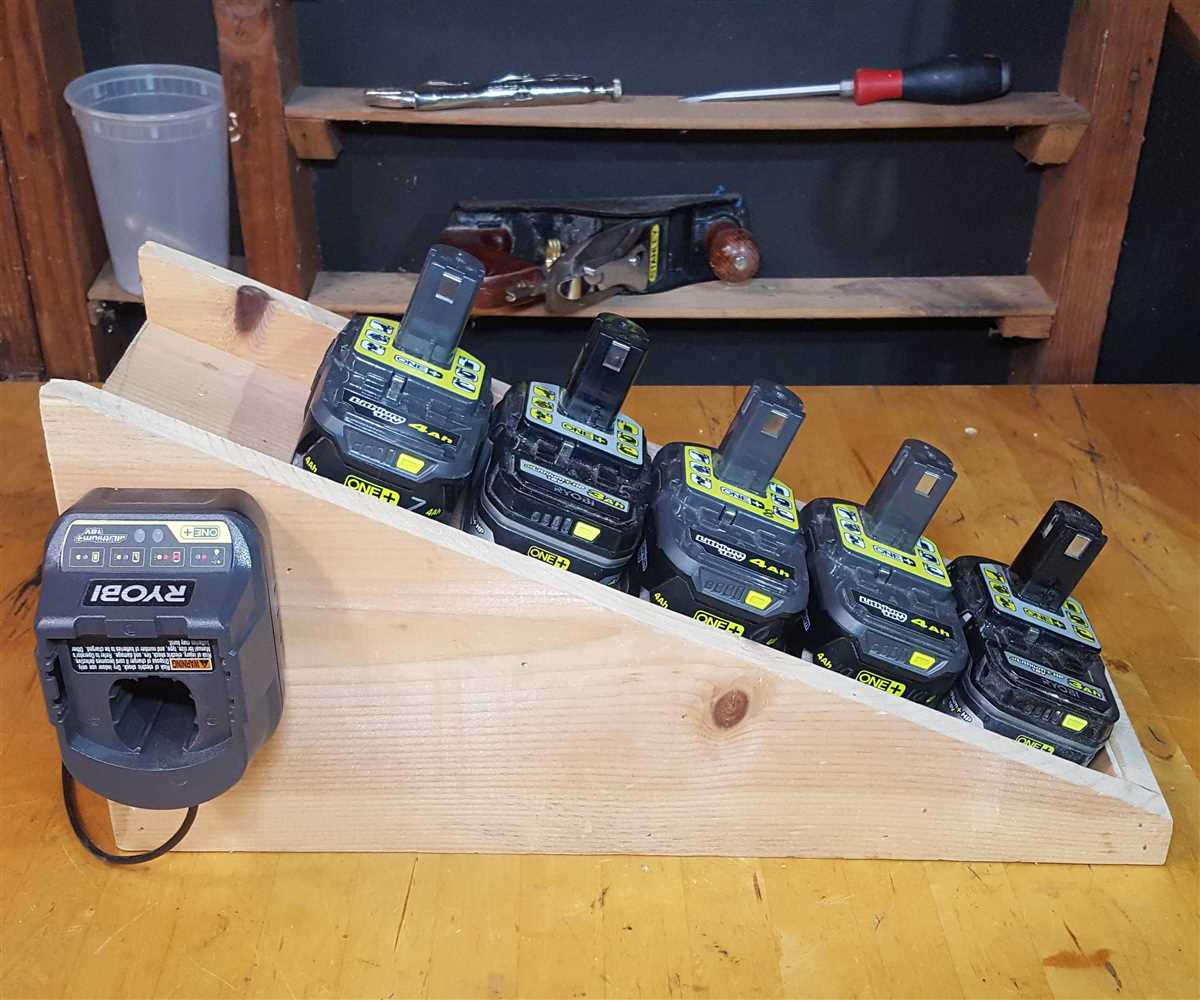
Batteries are sensitive to temperature and humidity, so it is important to store them in a cool and dry environment. Avoid storing batteries in areas that are prone to high temperatures or moisture, such as near radiators, direct sunlight, or humid basements. Extreme temperature and humidity can decrease the battery’s capacity and shorten its lifespan.
2. Well-Ventilated Area
To prevent any potential buildup of gases and heat, it is important to store your batteries in a well-ventilated area. This helps in dissipating any heat generated during charging or discharging and reduces the risk of overheating or even possible battery leakage.
3. Safe and Stable Surface
Select a stable and safe surface to store your cordless drill batteries. Avoid placing them on unstable surfaces where they can fall or get damaged. It is also important to keep batteries away from the reach of children and pets to prevent any accidents.
4. Away from Flammable Materials
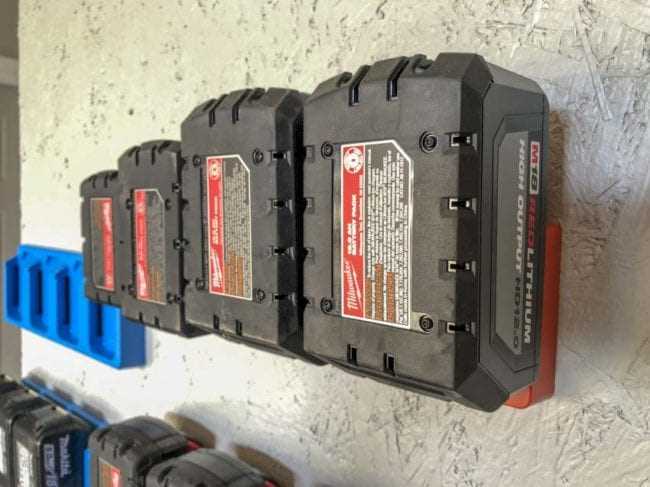

Do not store cordless drill batteries near flammable materials. Batteries can release flammable gases in rare cases, especially when overcharged or damaged. Keeping them away from flammable materials reduces the risk of any accidental fire hazards.
5. Organized and Labeled
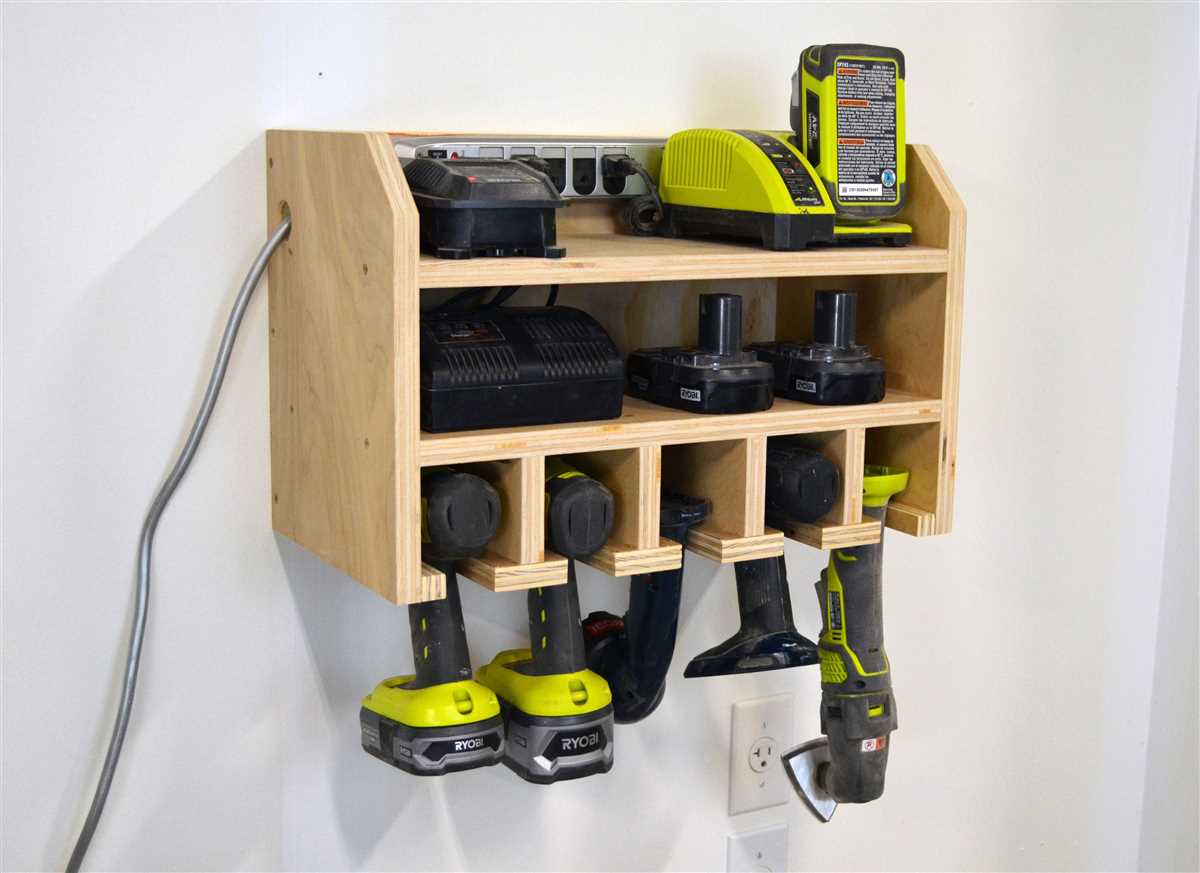
Keep your batteries organized and labeled to easily identify and locate them when needed. Using storage containers, drawers, or racks can help keep your batteries in one place and prevent them from rolling around or getting lost.
By choosing the right storage location for your cordless drill batteries, you can ensure their longevity and optimal performance. Following these tips will help you protect your investment and have reliable power whenever you need it.
Avoiding Extreme Temperatures
One of the most important factors in properly storing cordless drill batteries is to avoid exposing them to extreme temperatures. Both excessive heat and freezing cold can significantly reduce the performance and lifespan of the batteries.

Extreme heat can cause the batteries to overheat and potentially lead to thermal runaway, which is a situation where the temperature inside the battery increases rapidly and uncontrollably. This can damage the internal components and even cause the battery to explode or catch fire.
On the other hand, extremely cold temperatures can cause the battery to lose its charge more quickly and also reduce its overall capacity. The chemical reactions within the battery are less efficient in colder conditions, which can reduce its performance and shorten its lifespan.
To avoid the negative effects of extreme temperatures, it is recommended to store cordless drill batteries in a cool and dry place. Ideally, the temperature should be between 50°F (10°C) and 77°F (25°C). Avoid storing the batteries in direct sunlight or near a heat source such as a radiator or furnace.
If you live in a region with extremely hot or cold temperatures, consider using a temperature-controlled storage container or cabinet. These containers are designed to maintain a stable temperature and protect the batteries from extreme heat or cold.
It is also worth noting that if you need to use the cordless drill in extreme temperatures, it is best to bring the batteries to room temperature before using them. This can help prevent any adverse effects and ensure optimal performance.
By properly storing cordless drill batteries and avoiding extreme temperatures, you can extend their lifespan and ensure they perform optimally when needed.
Keeping Batteries Dry and Protected
- Avoid exposing batteries to moisture: Moisture can damage the internal components of the battery, leading to a decrease in performance and a shorter lifespan. Store batteries in dry areas, away from areas prone to humidity, such as bathrooms or basements.
- Protect batteries from extreme temperatures: High and low temperatures can also affect the performance and lifespan of batteries. When storing them, avoid placing them near heat sources like radiators or direct sunlight. Extreme cold temperatures can also cause damage, so store them in a temperature-controlled environment if possible.
- Use airtight containers: To further protect your batteries from moisture and other contaminants, store them in airtight containers or cases. This will help prevent any accidental exposure to water, dust, or dirt.
- Keep batteries away from metal objects: Metal objects can cause a short circuit if they come into contact with the positive and negative terminals of a battery. To avoid this, store batteries separately or wrap them in insulating material, such as plastic or electrical tape.
- Avoid storing batteries with other items: Storing batteries with other metal objects, especially ones that conduct electricity, can increase the risk of an accidental short circuit. Keep batteries in their original packaging whenever possible, or use separate compartments or dividers to ensure they do not come into contact with other items.
- Regularly inspect and clean batteries: Check your batteries periodically for any signs of damage, such as corrosion or leakage. If you notice any issues, replace the batteries immediately. To clean batteries, use a soft, dry cloth to remove any dirt or residue from the terminals.
Proper Battery Charging and Discharging
Properly charging and discharging cordless drill batteries is essential for maximizing their lifespan and performance. Here are some tips to help you charge and discharge your batteries properly:
Charging:
- Use the right charger: Always use the charger that is specifically designed for your cordless drill battery. Using a charger that is not compatible can result in damage to the battery or even a safety hazard.
- Follow the charging instructions: Read the manufacturer’s instructions for your specific battery and follow the recommended charging procedures. This may include charging at a certain voltage or for a specific duration.
- Charge in the right conditions: Make sure to charge your battery in a dry and well-ventilated area, away from direct sunlight or high-temperature environments. Avoid charging the battery in extremely cold conditions as well.
- Avoid overcharging: Once your battery is fully charged, unplug it from the charger. Overcharging can decrease the lifespan and performance of the battery.
Discharging:
- Avoid deep discharge: It is best to avoid completely draining your battery before recharging it. Deep discharging can cause irreversible damage to the battery and reduce its overall lifespan.
- Regularly use and recharge the battery: Cordless drill batteries perform better when they are regularly used and recharged. If the battery is not used for an extended period of time, it can slowly discharge on its own.
- Store a partially discharged battery: If you are not planning to use the battery for a while, it is recommended to store it partially discharged (around 40-60% charge). This helps to prevent self-discharge and maintain the battery’s overall health.
By following these proper charging and discharging practices, you can ensure that your cordless drill batteries last longer and provide optimal performance throughout their lifespan.
Avoiding Overcharging and Overdischarging
Properly storing and maintaining cordless drill batteries is crucial for their longevity and performance. One of the key factors in this process is avoiding overcharging and overdischarging the batteries. Overcharging and overdischarging can lead to reduced battery life and potential damage to the battery cells.
1. Avoid Overcharging
- Do not leave the battery plugged in for an extended period once it is fully charged. This can overcharge the battery and cause it to overheat.
- Use a smart charger that automatically stops charging once the battery is fully charged. These chargers prevent overcharging and help prolong the battery life.
- Monitor the charging process and unplug the charger as soon as the battery reaches its full charge.
2. Prevent Overdischarging
- Avoid using the cordless drill until the battery is completely drained. This can lead to overdischarging and reduce the overall battery capacity.
- Pay attention to the battery level indicator on your cordless drill. As soon as the battery starts to show signs of low power, stop using the drill and recharge the battery.
- If you are not planning to use the cordless drill for an extended period, make sure to store the batteries in a partially charged state. Keeping them fully discharged or fully charged for a long time can lead to battery degradation.
By following these tips, you can avoid overcharging and overdischarging your cordless drill batteries, ensuring they last longer and perform optimally. Remember to always refer to the manufacturer’s instructions for specific guidelines on battery storage and maintenance.
Regular Battery Maintenance
Regular battery maintenance is essential to ensure optimal performance and longevity of your cordless drill batteries. Follow these tips to keep your batteries in top shape:
1. Charge and discharge regularly
It is important to charge and discharge your cordless drill batteries regularly. This helps prevent deep discharges and keeps the battery cells active. If you haven’t used your drill for an extended period of time, make sure to charge the batteries before using them again.
2. Avoid extreme temperatures
Extreme temperatures can negatively affect the performance and lifespan of your batteries. Avoid storing them in extremely hot or cold environments, as this can lead to reduced capacity and shorter battery life.
3. Store in a cool, dry place
When not in use, store your cordless drill batteries in a cool, dry place. Excessive humidity can cause corrosion and damage to the battery cells. It is also important to protect the batteries from dust and debris, as this can affect their performance.
4. Clean the battery contacts
Regularly clean the battery contacts to ensure a good connection between the battery and the drill. Use a soft cloth or a cotton swab with a small amount of rubbing alcohol to remove any dirt or grime. This will help maintain good electrical contact and maximize the efficiency of the batteries.
5. Avoid overcharging
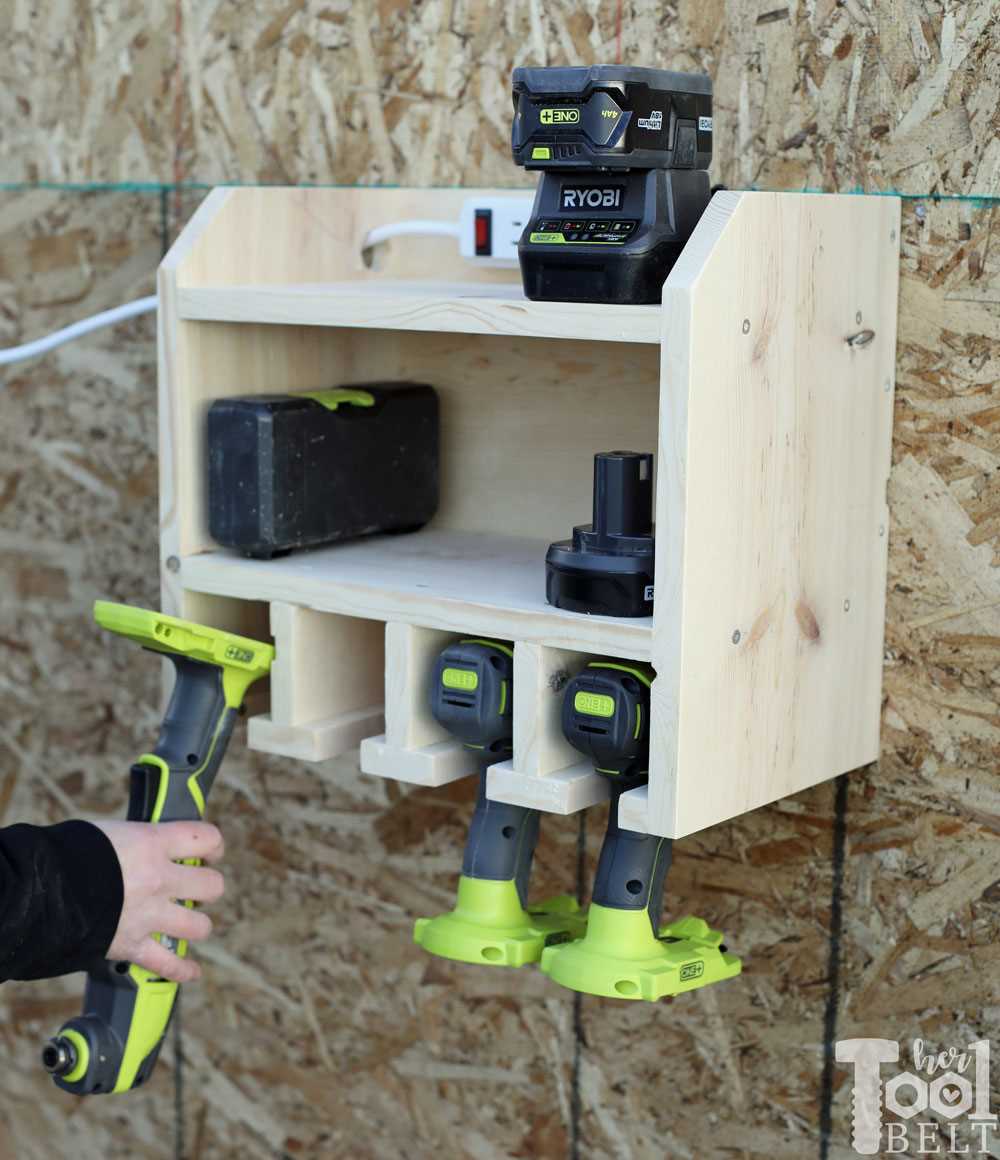
Overcharging your batteries can reduce their lifespan and even cause them to become less efficient. Be sure to follow the manufacturer’s instructions and use a charger specifically designed for your cordless drill batteries. Once the batteries are fully charged, disconnect them from the charger to prevent overcharging.
6. Replace worn-out batteries
If you notice a significant drop in performance or if your batteries no longer hold a charge, it may be time to replace them. Worn-out batteries can be a safety hazard and should be replaced as soon as possible.
7. Use the right charger
Using the correct charger is crucial for maintaining the health of your cordless drill batteries. Do not use a charger that is not specifically designed for your batteries, as this can lead to overcharging or other issues.
By following these regular battery maintenance tips, you can ensure that your cordless drill batteries perform at their best and have a long lifespan.
Recycling and Disposing of Old Batteries
Properly recycling and disposing of old batteries is important for both the environment and personal safety. Batteries contain hazardous materials and chemicals that can be harmful if not handled correctly.
1. Identify the Type of Battery
Before you can properly recycle or dispose of a battery, it’s necessary to identify the type of battery you have. Common types of batteries include alkaline, lithium-ion, nickel-cadmium, and lead-acid batteries.
2. Properly Store Batteries
While you are deciding what to do with your old batteries, it is important to properly store them. Keep them in a cool, dry place away from flammable materials.
3. Dispose of Alkaline Batteries
Alkaline batteries, such as AA or AAA batteries, are considered safe for regular trash disposal in most areas. However, some regions may have specific recycling programs for alkaline batteries. Check with your local waste management or recycling facility to determine the best disposal method in your area.
4. Recycle Rechargeable Batteries
Rechargeable batteries, including lithium-ion and nickel-cadmium batteries, should be recycled. These batteries contain heavy metals and toxic chemicals that can harm the environment if not disposed of properly. Many electronics retailers and recycling centers offer recycling programs for these types of batteries.
5. Recycle Lead-Acid Batteries
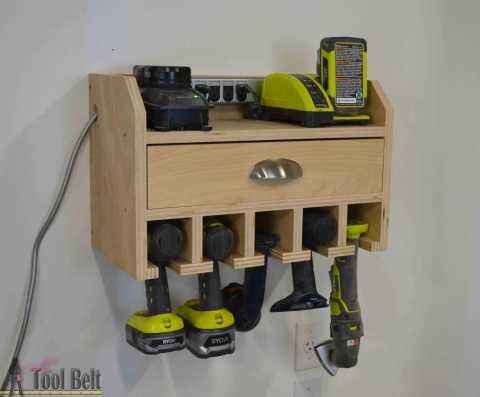
Lead-acid batteries, commonly used in vehicles and power backup systems, must be recycled due to their toxic lead content. Local automotive shops, recycling centers, or battery retailers often have programs in place for recycling lead-acid batteries.
6. Find a Recycling Center or Collection Program
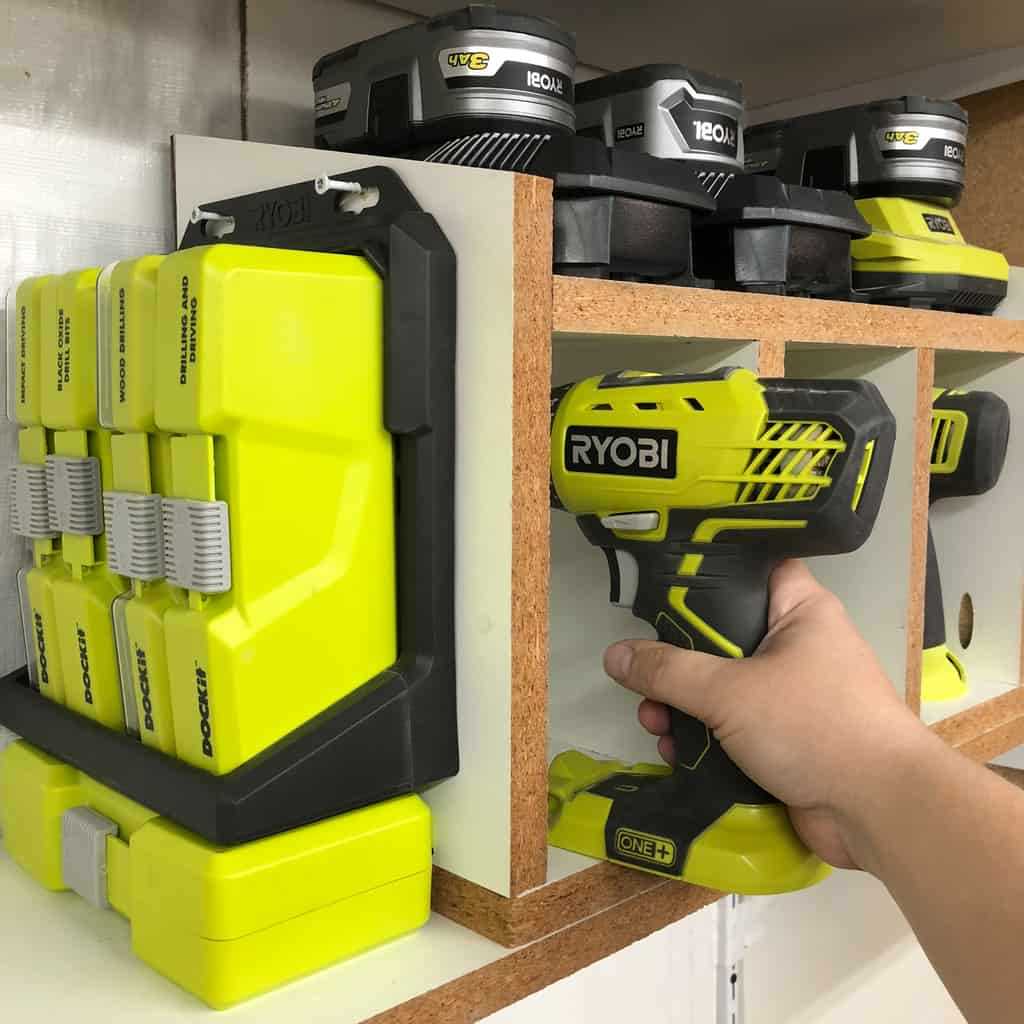
If you are unsure of where to recycle your old batteries, you can search for a recycling center or collection program using online resources or by contacting your local waste management department. Many communities have special collection events or drop-off locations for hazardous materials and batteries.
7. Follow Safety Precautions
When handling old batteries, it is important to follow safety precautions. Wear gloves and eye protection, especially when handling damaged or corroded batteries. Avoid storing batteries in conditions that could lead to overheating or short-circuiting.
Remember, proper recycling and disposal of old batteries not only protects the environment but also helps to conserve valuable resources and prevent potential health hazards.
FAQ:
How should I store my cordless drill batteries?
It is best to store cordless drill batteries in a cool, dry place. Avoid exposing them to extreme temperatures or humidity.
Can I store my cordless drill batteries in the charger?
No, it is not recommended to store cordless drill batteries in the charger for long periods of time. It is better to remove them from the charger once they are fully charged.
Should I fully charge my cordless drill batteries before storing them?
Yes, it is recommended to fully charge cordless drill batteries before storing them. This helps to maintain their overall health and performance.
How often should I check the charge level of my cordless drill batteries in storage?
It is recommended to check the charge level of your cordless drill batteries every three months if they are in storage. This helps to prevent them from fully discharging over time.
Is it okay to store my cordless drill batteries on a shelf?
Yes, it is fine to store cordless drill batteries on a shelf as long as it is in a cool, dry place away from any moisture or extreme temperatures.
Can I store my cordless drill batteries in a garage?
Storing cordless drill batteries in a garage is not recommended, as garages can often be subject to extreme temperatures and humidity. It is best to find an alternative storage location.
How long can I store my cordless drill batteries without using them?
Cordless drill batteries can typically be stored for about six months without being used. However, it is still important to periodically check their charge level and recharge them if necessary.
Video:








